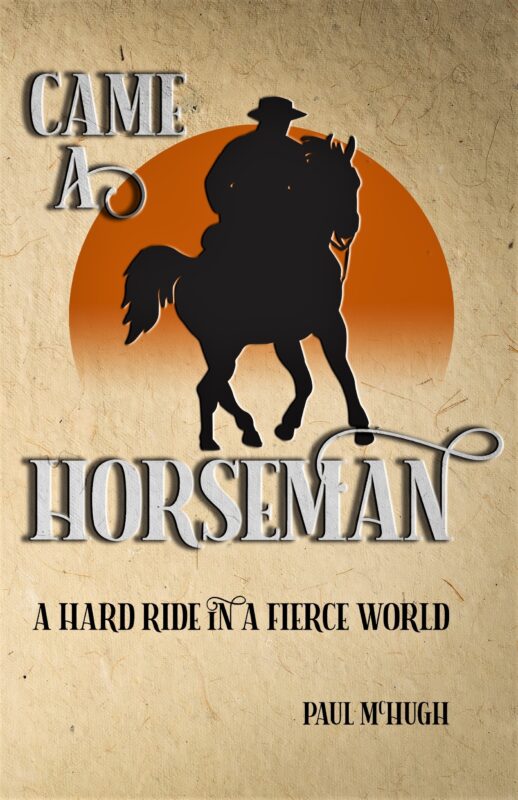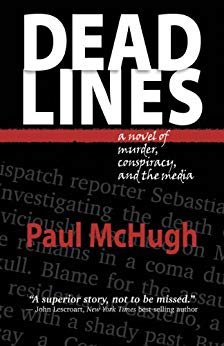Sacramento Bee, August 17, 2016
Paul McHugh, Outdoors Writer
California’s link to the Hawaiian sport of surfing goes back more than a century.
Bay Area adventurer and writer Jack London helped to forge a lasting connection in 1907. After sailing his ketch Snark to Oahu, he eagerly tried to imitate local Hawaiians he watched scoring rides in the surf zone at Waikiki.
London’s first effort – as described in his popular magazine article at the time, then a book about his whole epic cruise later – was a type of body surfing.
He got under way with the aid of a tiny board kids used for their romps in the beach’s mild break. He followed it next day by scoring a lesson on a large adult board that he and a pair of guides paddled to a mightier surf line, out beyond the reef.
Even today, that’s a good progression for anyone who hopes to pick up surfing.
 First, soak yourself in a mild version of the power of surging seas. Grow comfortable there. Learn a thing or two about the water and shore, before you seek to take on any more.
First, soak yourself in a mild version of the power of surging seas. Grow comfortable there. Learn a thing or two about the water and shore, before you seek to take on any more.
It’s a topic I had to face recently: How should one begin to learn to surf? An odd subject for me, since I already should know. I’d taught myself decades ago around the beaches and sea caves of Mendocino by paddling a kayak there, and was later on the first U.S. Kayak Surfing Team when we took top scores in a world championship in 1988.
Ever since then, I’ve surfed fanatically, and in a variety of ways.
However, I had to focus on basics again, seeing as my wife decided that she wished to learn them.
Her first desire was to try body surfing, without using any kind of board at all. She’d shifted two years ago from a running discipline to a swimming regimen, so her fitness level was both good and appropriate. However, she saw the Bay Area’s cold seawater as utterly intimidating (however pleasant its coolness might appear to folks, say, who sweat under an August sun in the Sacramento Valley).
So I took advantage of a trip to Hawaii to get her off to a start precisely where Jack London did, in those clear and balmy seas off Waikiki. Each of us geared up with flippers (for speed and foot protection from underwater rocks), a face mask (for clear vision and eye protection from salt spray) and a T-shirt (for protection from sunburn, which had seriously toasted Jack London).
We set out to ride the mild swells breaking across a shallow reef at the beach near Diamond Head. In short order, we both caught dozens of easy glides across the reef. None of them were amazing, none were very long, but the upshot was that now my wife’s enthusiasm for the enterprise knew no bounds.
When we got home, she announced she was ready to acquire a wetsuit and score new rides off Northern California shores.
So my next step was to scout out Bay Area coves that presented reasonable conditions: clean waves of a safe size, easy shore access and few-to-zero beach configurations liable to cause or strengthen problems, such as “rip” currents.
I gathered a list of likely sites. On one beach in particular, I hit the jackpot.
At Linda Mar Beach in Pacifica, I encountered a beginner surfboard class being taught by two highly experienced instructors from Adventure Out – a Santa Cruz-based company that guides and teaches an array of sports and Adrenalin activities. At a spare moment, both guys were willing to chat with me about my quest.
“Body surfing can be a good way for someone to start out,” said Warren Harasz, 32, who began on a short board as a kid in Florida, and has chased waves ever since. “One question we ask students is, have you ever swum in the Pacific Ocean? Because just immersing yourself, knowing how ocean energy feels, can be a big part of learning to handle yourself out there.
“When you body surf you can really find out what’s going on in a break, where the waves or currents are strong, where different types of surfers tend to line up. But a down side is that you’re sunk deeper in the water, and you are not all that visible to others. So you can’t develop tunnel vision. You must stay aware of what goes on all around you.”
His partner instructor, Alan Wu, 41, told me, “If your main goal is to get familiar with how the how ocean works, sure, body surfing’s pretty good. But if your aim is to end up riding on a surfboard, you should understand that body surfing is harder than boogie-boarding to master. And beginning with a boogie-board is more challenging than just starting out on a longboard.
“I’m self-taught as a surfer. Now that I’m finally an instructor, I see what a knucklehead move it was for me to begin like that. Now I say, if you want to end up as a board surfer, the best way to go it is to take real lessons on a surfboard from an experienced teacher.”
However, if one does instead choose to begin as a body surfer, you’ll discover a wide range of paths to follow in the surf zone after one learns those special basics. For the record, body surf basics are as follows:
- Locate yourself right where the waves steepen and begin to crest. As a swell approaches, lie flat, stroke and kick, begin to move.
- As soon as a wave picks you up, turn roughly parallel to it, and try to slide down at an angle to the face. (Don’t stay perpendicular, because a close-out wave can drive you straight down, creating a danger of head or neck injury due to impact with the bottom.)
- When swimming back out, make sure you don’t pick a course that interferes with any other surfer riding in.
- If a wave looks too big to swim through, dive beneath it.
- If caught in a rip (seaward) current too strong to swim against, swim out of it at a right angle, then surf or swim back to shore.
- If conditions happen to look terrifying to you, simply wait for a day to come along when they don’t.
For body surfers, the planing surface of chest and hands can be enhanced by using webbed neoprene gloves, or additionally bolstered with use of a hand-plane or handboard (like a tiny surfboard that straps to your palm). Beyond that – gradually increasing in surface area – one finds surf zone vehicles such as skim boards, knee boards, boogie boards, short boards, longboards and wave skis. Each vehicle has charms and advantages, each its own necessary skill-set.
To the list of gear my wife wore in Hawaii, I now plan to add a custom-fitted wetsuit for her (by far the most pricy item), plus webbed gloves.
We’ll see what gear and what type of surfing she ends up with; that shall indeed be entirely up to her.
As for me, I proceeded to get wet and check out other body surf sites for her to try at Red Rock Beach in Marin County, and at Grey Whale Cove State Beach in San Mateo County.
And I mulled over the interesting fact that some of the best surfing advice I’d ever heard actually did arrive courtesy of that good ol’ local scribbler, Jack London. Maybe he did not manage to end up as an accomplished surfer, but he certainly was a fast learner, and achieved some genuine insights.
London wrote, “The whole method of surf-riding and surf fighting, I learned, is one of non-resistance. Dodge the blow that is struck at you. Dive through the wave that is trying to slap you in the face. Sink down, feet first, deep under the surface, and let the big smoker that is trying to smash you go by far overhead.
“Never be rigid. Relax. Yield yourself to the waters…”
If you do so, London claimed, you’ll soon be on your way to discovering the “royal sport for the natural kings of the earth.”








